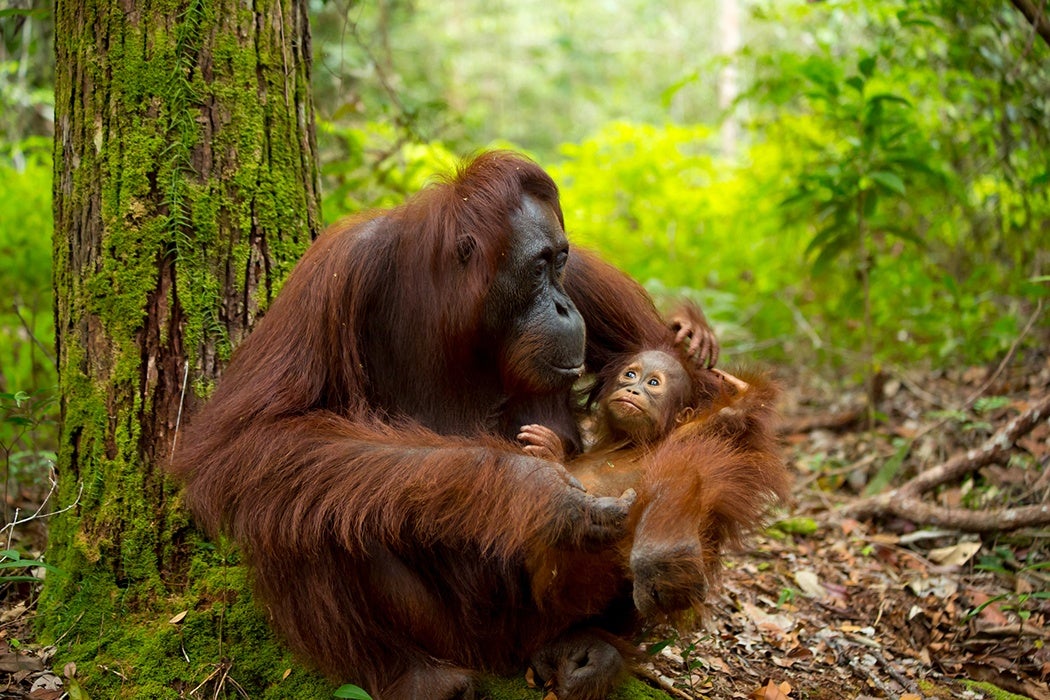Endangered species are plants or animals that are at great risk of extinction unless rapid action is taken. Right? Well, as it turns out, the label “endangered” isn’t as straightforward as it seems.
The International Union for the Conservation of Nature (IUCN) Red List is a global list of species and their conservation status. National laws may or may not line up with IUCN, which means that, oddly, an IUCN-listed species may not qualify for protection under local laws. For example, in the U.S., a species listed as endangered by the IUCN may not qualify for protection under the Endangered Species Act. But the Red List really does something uniquely useful: it attempts to quantify just how threatened a species might be, which in turn, can help set conservation priorities.
The IUCN began compiling lists of species at risk of extinction starting in the 1950s, when it was literally written on cards, with repeated revisions up until the 1990s culminating in the current system. The current categories apply to species that have been evaluated and for which there is sufficient information available. Assuming those conditions are met, a species can either be Extinct (EX) Extinct in the Wild (like the Hawaiian Crow) (EW), Critically Endangered (CR), Endangered (EN), Vulnerable (V), Near Threatened (NT) or Least Concern (LC). The list applies mostly to CR, EN, and V species.
Categories are assigned based on five criteria, designated by the letters A through E:
A = a population that is declining rapidly, even if it is currently large
B = a species inhabits a small geographic range and has declining population
C = a population is small and declining
D = a species has an extremely small population, and is susceptible to sudden changes in circumstance.
E = risk of extinction
The final category, E, is the most ambiguous; this criteria indicates that a quantitative risk analysis, e.g. a population projection, finds an extinction risk. The categories are designed to help provide guidance for conservationists, but the IUCN does not make recommendations for specific conservation actions.
A species of Least Concern does not meet any of these criteria; the ubiquitous pigeon fits into this category. A species that meets at least one criteria is considered vulnerable. After that, it’s a matter of degree. A species may be critically endangered meeting just one of the five criteria if the situation is extreme enough. The Lord Howe Island Stick Insect, AKA the Tree Lobster, fits into the critically endangered category. The entire wild population of this giant insect lives on one isolated Pacific outcrop.
These categories are designed to be transparent and replicable. Of course, there is still subjectivity. Actual conservation policy must be set at the local, rather than global level, depending on a range of concerns, including feasibility. The list is not complete. If enough data were available for more species, it is likely that many of these data deficient species might actually be considered Threatened.







